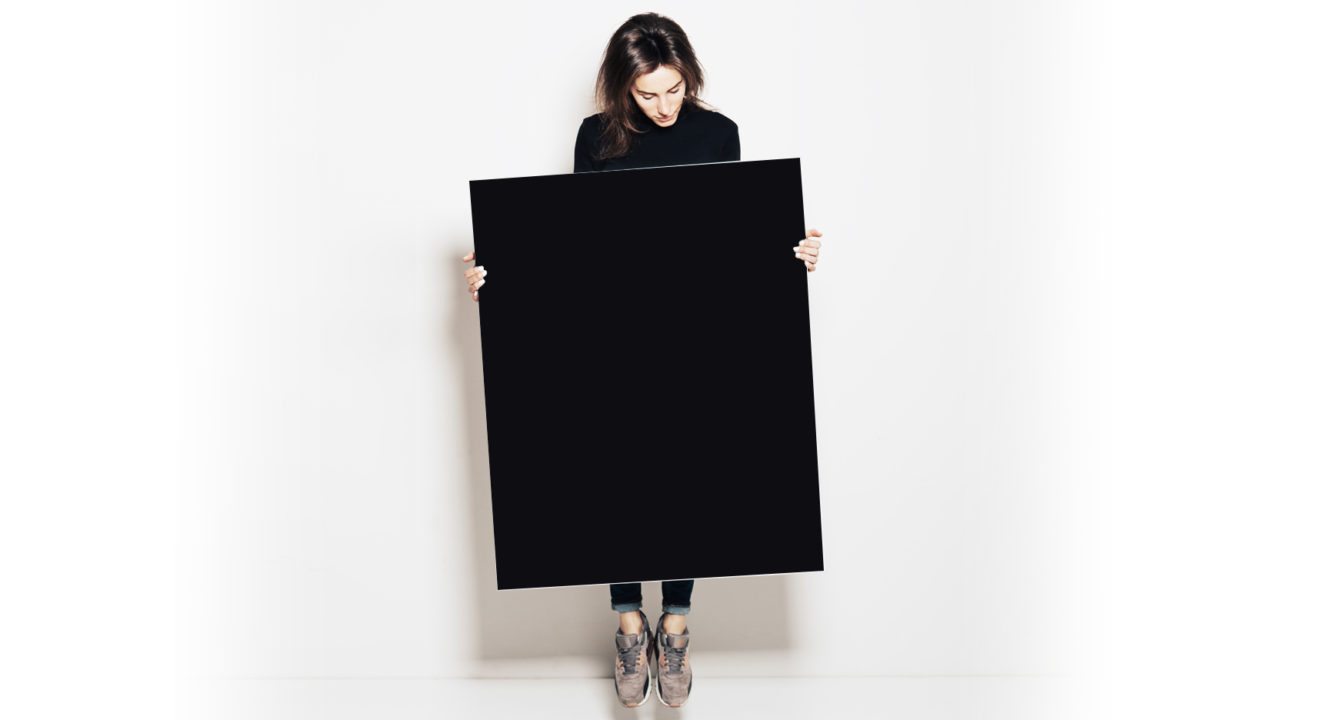Culture August 3, 2016


Line, shape, form, color and texture. These are just a few of the artistic principles that are used to create great works of art. Elementary School students learn these principles in art class before they can even pick up a paintbrush. A first-grade teacher might ask a group of students to look at a painting of a colorful fruit basket and describe the contents of the basket in terms of color, shape, line and subject.
All of these qualities help train the eye to notice patterns, commonalities and consistencies in the environment. These qualities also help produce great art and allow even the most inexperienced critics to evaluate masterpieces such as Pablo Picasso’s “Guernica” or Edgar Degas’ “Dancing Ballerinas.”
But imagine how you would interpret art that has no subject, texture or lines. Imagine a painting of a one-dimensional black square surrounded by a white border. How would you describe it?
It’s a difficult question that has no easy response.
The artwork above is Kazimir Malevich’s “Black Square.” Now known as one of the most radical and influential artists of the 20th century, Malevich was a key contributor to the Russian avant-garde movement. Around 1915, he invented Suprematism, a bold style of geometric abstraction and stark colors. “He invented this term because, ultimately, he believed that art should transcend subject matter,” The Art Story says. “The truth of the shape and color should reign ‘supreme’ over the image or narrative.”
In fact, “Black Square” itself was revolutionary because it is considered the first painting of the Suprematist movement, one that abandons the habits, tricks and skills traditionally associated with painting. In “Black Square,” Malevich pushes the artistic depiction of reality to its limits, leaving the artwork difficult to interpret.
But before you try to rack your brain understanding this painting, take a look at ENTITY’s list of three things you should know about Malevich’s “Black Square.”
Malevich’s “Black Square” is just that; a black square. The subject and the painting itself are one and the same. In his original conception of this piece, the artist made no attempt to dress it up with distractions like color or texture. In fact, the most interesting quality that can be seen today is the cracking and wear beneath the paint that has appeared after years of neglect.
If this is the case, what makes this piece such a special work of art? The best way to answer this is to look at the painting in the context of its time. Malevich was one of the leading artists who created the idea of “art for art’s sake.” He describes this phenomenon in a handout that accompanied the painting’s first public showing, saying, “Up until now there were no attempts at painting as such, without any attribute of real life … Painting was the aesthetic side of a thing, but never was original and an end in itself.”
The artwork itself is completely black, lacking in color. Instead of having a face, it represents a hollow recess without lines, curvature and detail. Instead of presenting an image of nature, light or goodness, there is an endless amount of darkness.
Because “Black Square” purposefully rejects traditional practices, viewers are encouraged to wonder the artist’s intention. In a way, the darkness becomes inviting as Malevich’s audiences wonder where they belong in relation to the painting.
A more recent example of this kind of audience engagement can be found in Mary Corse’s work. Mary Corse is an American artist who dominated the Light and Space movement in the 1960s. Similar to Malevich, many of Corse’s works reject formal, technical practices, favoring instead a style of controlled geometry and minimalism. Her works from the “Black Earth Series” feature a darkness that can be likened to Malevich’s Suprematist collection.
And because Corse’s pieces are often solid blocks of color, this allows light to refract from the paintings, creating movement across the surface of her paintings. This then creates an active relationship between the spacial location of the viewer and the artwork. When asked about this relationship, Corse tells writer and curator Nico Wheadon, “The dialogue between the works [is] a conversation that of course the viewer becomes a part of. They walk around the painting or they don’t, that’s their choice. But my hope is that they can become part of the painting.”
When Malevich died in 1935, his painting quickly disappeared from public viewing and was not made public again until the 1980s. His art fell out of favor as social realism backed by Stalin became the official genre of choice in Soviet Russia.
However, the piece’s intrigue only grew as it fell into the recesses of Russia’s past. The mysterious painting acquired layers of meaning that far surpassed anything that Malevich could have imagined. An article in The New Yorker even goes so far as to call it “the most famous, most enigmatic and most frightening painting known to man.”
Whether you agree with this or not is mostly a matter of opinion. Part of the painting’s legacy is due to its incredibly wide range of interpretations all over the world. To some, it’s just a black square; nothing more and nothing less. To others, it’s an open window looking out at a night sky.
One thing, however, stands true: Whether he intended it or not, Malevich’s legacy is to get viewers thinking, questioning and coming to their own conclusions about art and life.